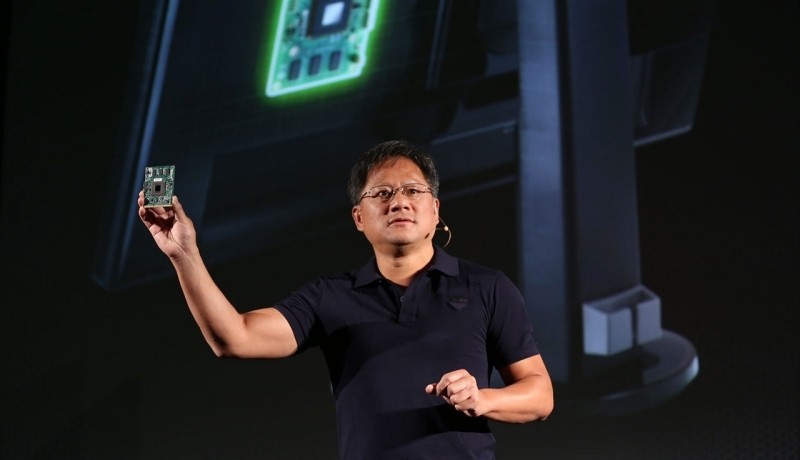
Nvidia’s G-Sync technology is currently available on a handful of displays but the cost of entry isn’t cheap. That’s because the current crop of monitors require custom hardware to work their gaming magic – a requirement that soon won’t be necessary for mobile gamers.
PC Perspective recently got their hands on a leaked alpha driver for the Asus G751 line of notebooks claiming to enable Nvidia G-Sync. Coincidentally, they happened to have a G751 in for review at the time. A bit skeptical, they installed the driver and sure enough, it seemed to enable G-Sync – all seemingly without any special hardware.

After disassembling the laptop to search for custom hardware (they didn’t find any), it dawned on them that this was a true software solution.
The team then reached out to Nvidia who confirmed that G-Sync notebooks are indeed coming to the market. The driver on hand wasn’t hacked to enable G-Sync but rather was provided to OEMs building G-Sync systems for testing purposes. Somehow or another, an Asus Nordic Support rep accidentally leaked the driver which is how it got out into the wild.
Nvidia also stated that there will be some differences between G-Sync experiences on the desktop versus mobile. Unfortunately, they elected to hold off on discussing the differences until the mobile release of G-Sync. Depending on what those differences are, gamers will likely question the necessity of G-Sync hardware in desktop monitors.
https://www.techspot.com/news/59612-nvidia-g-sync-technology-coming-laptops-no-custom.html
